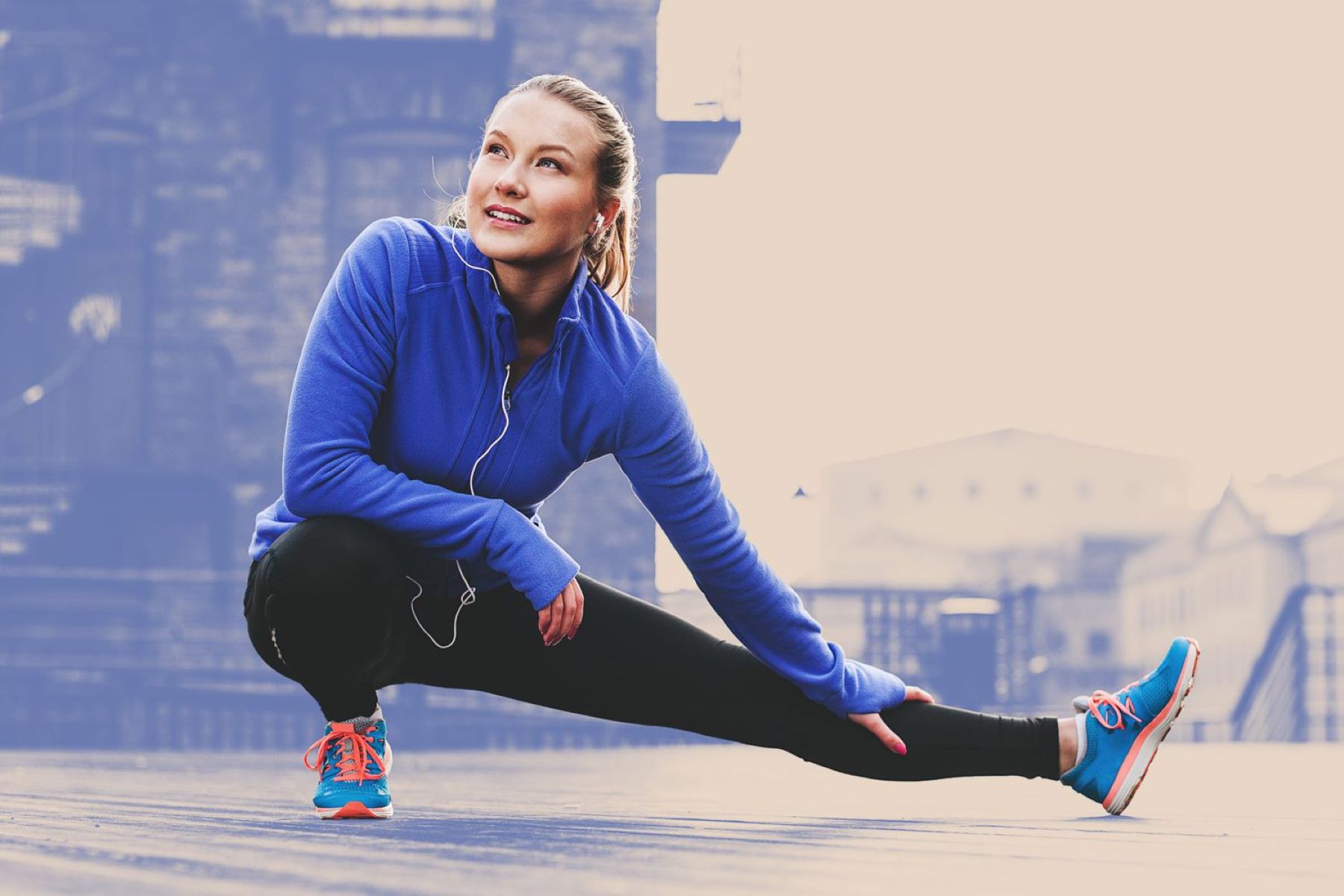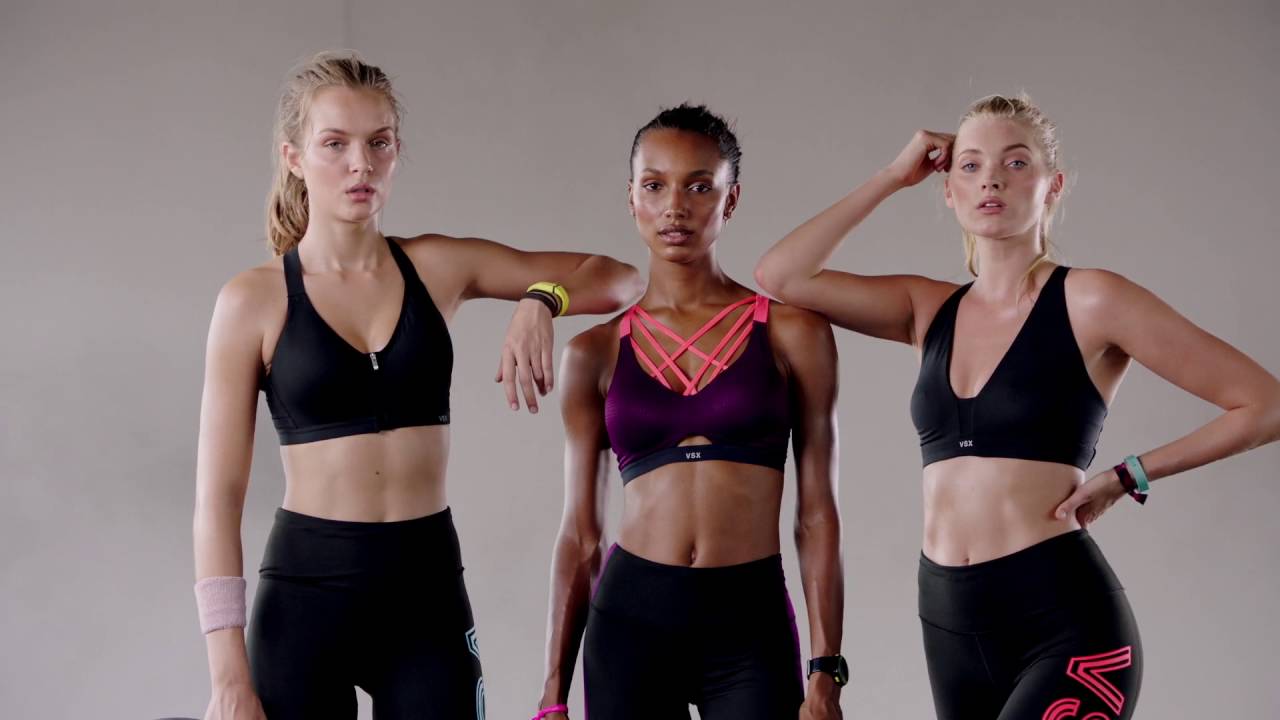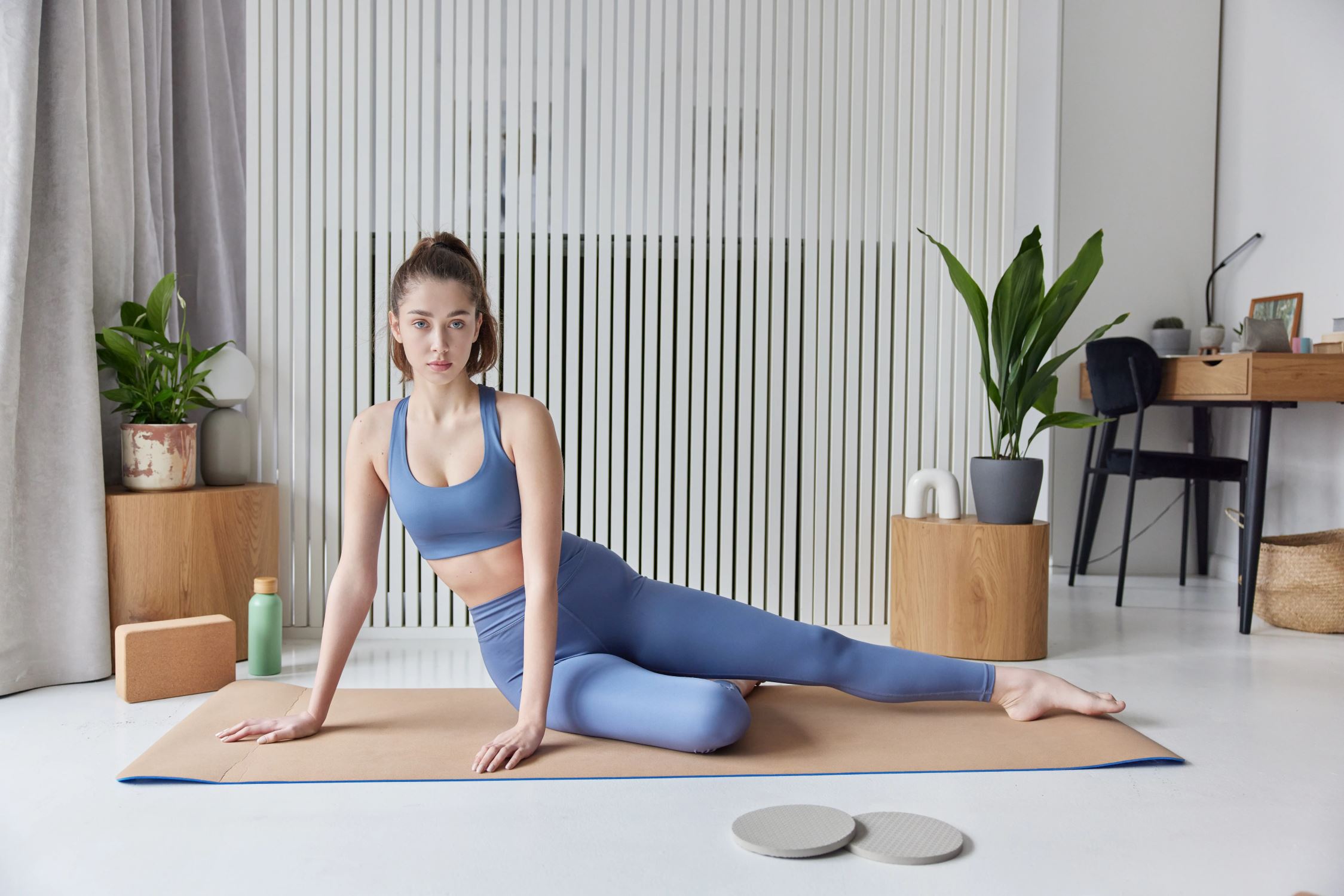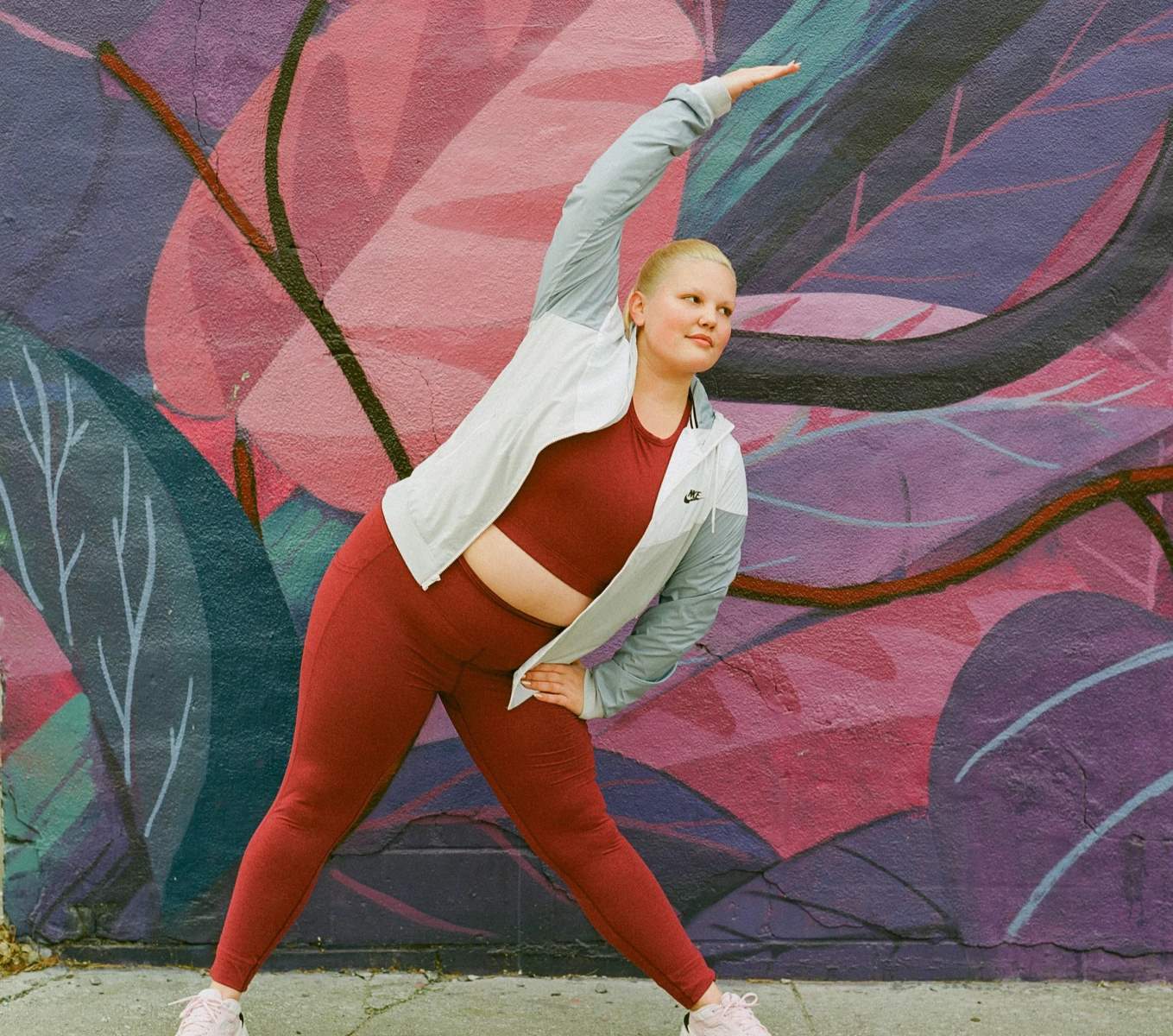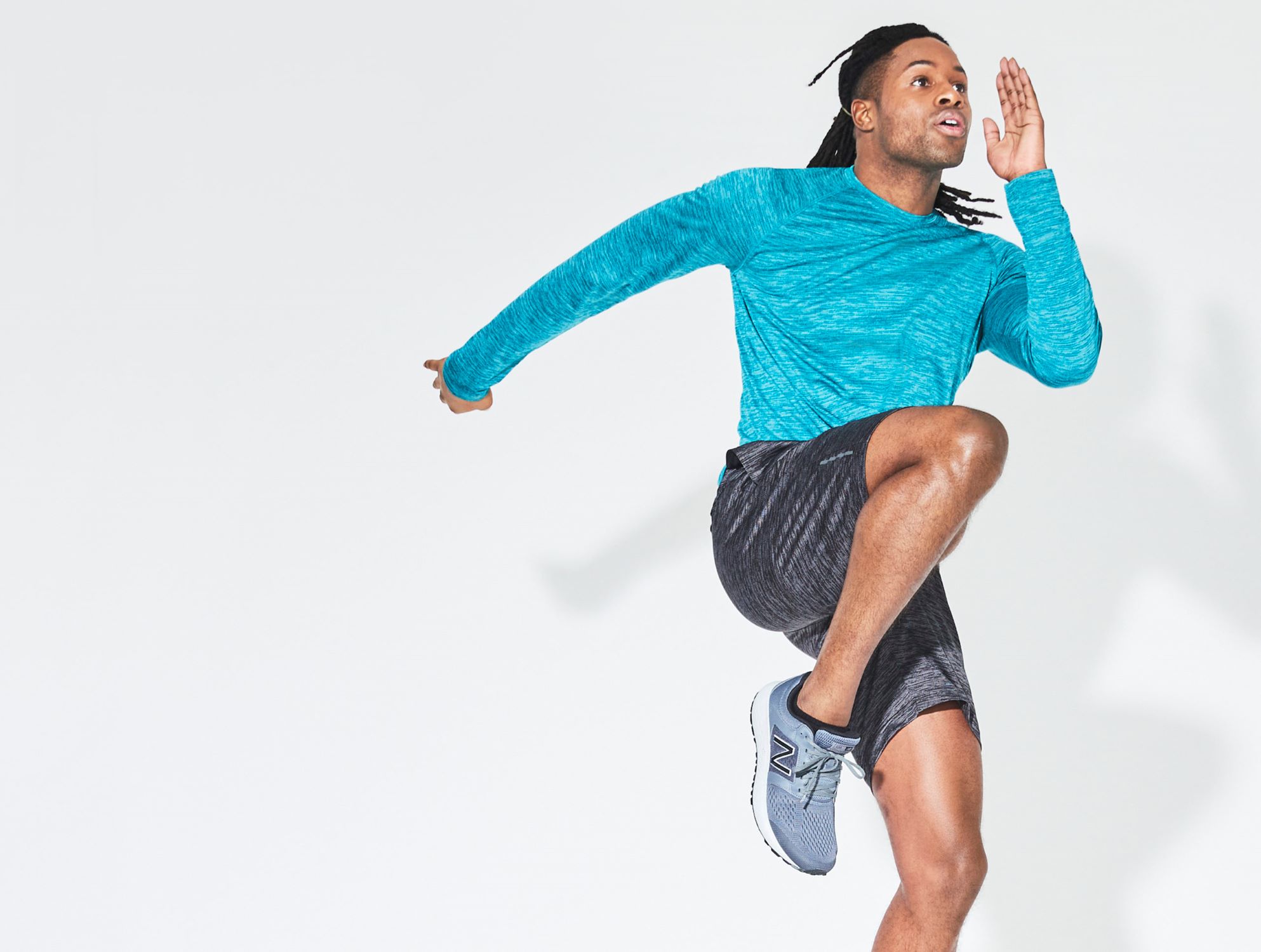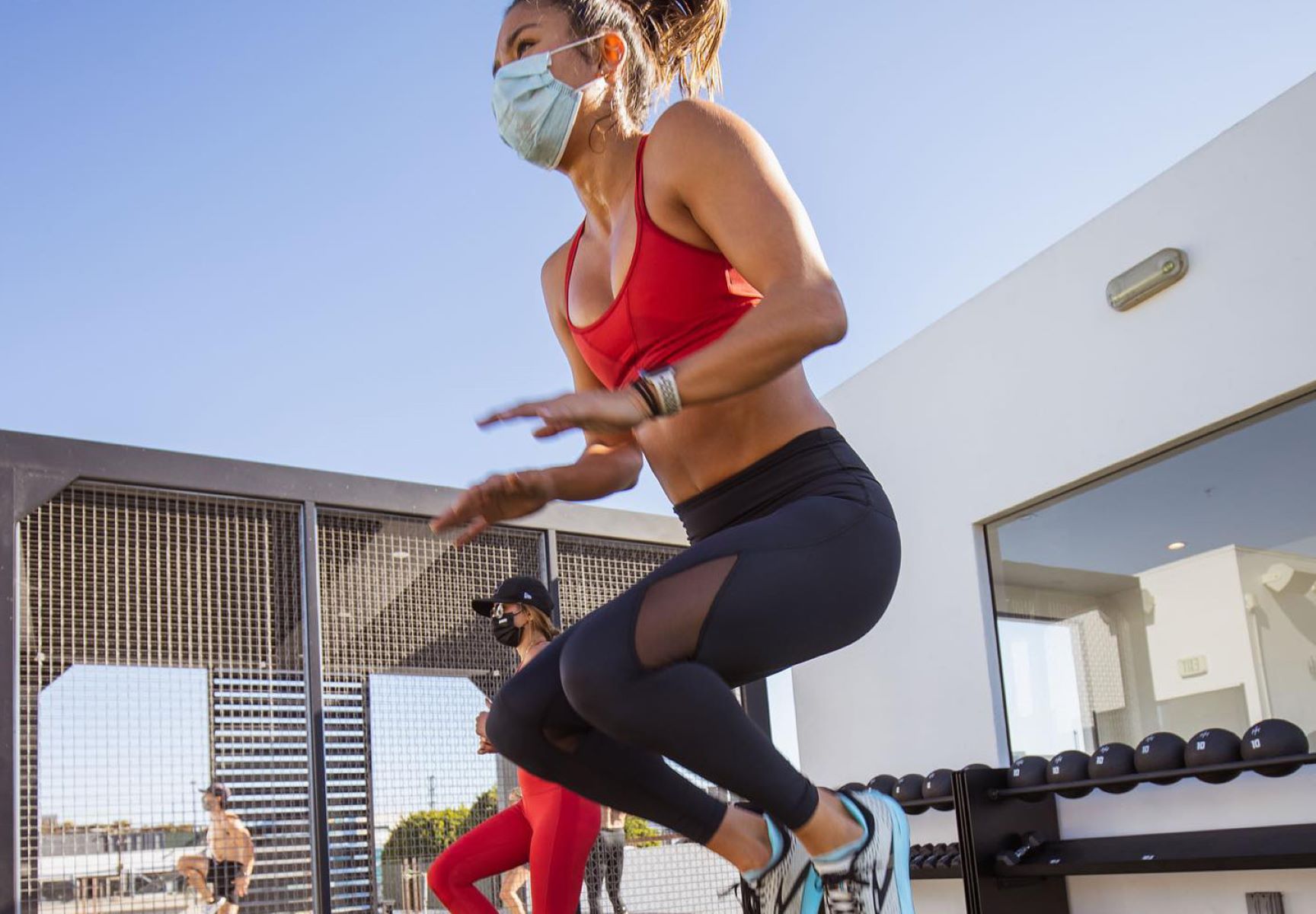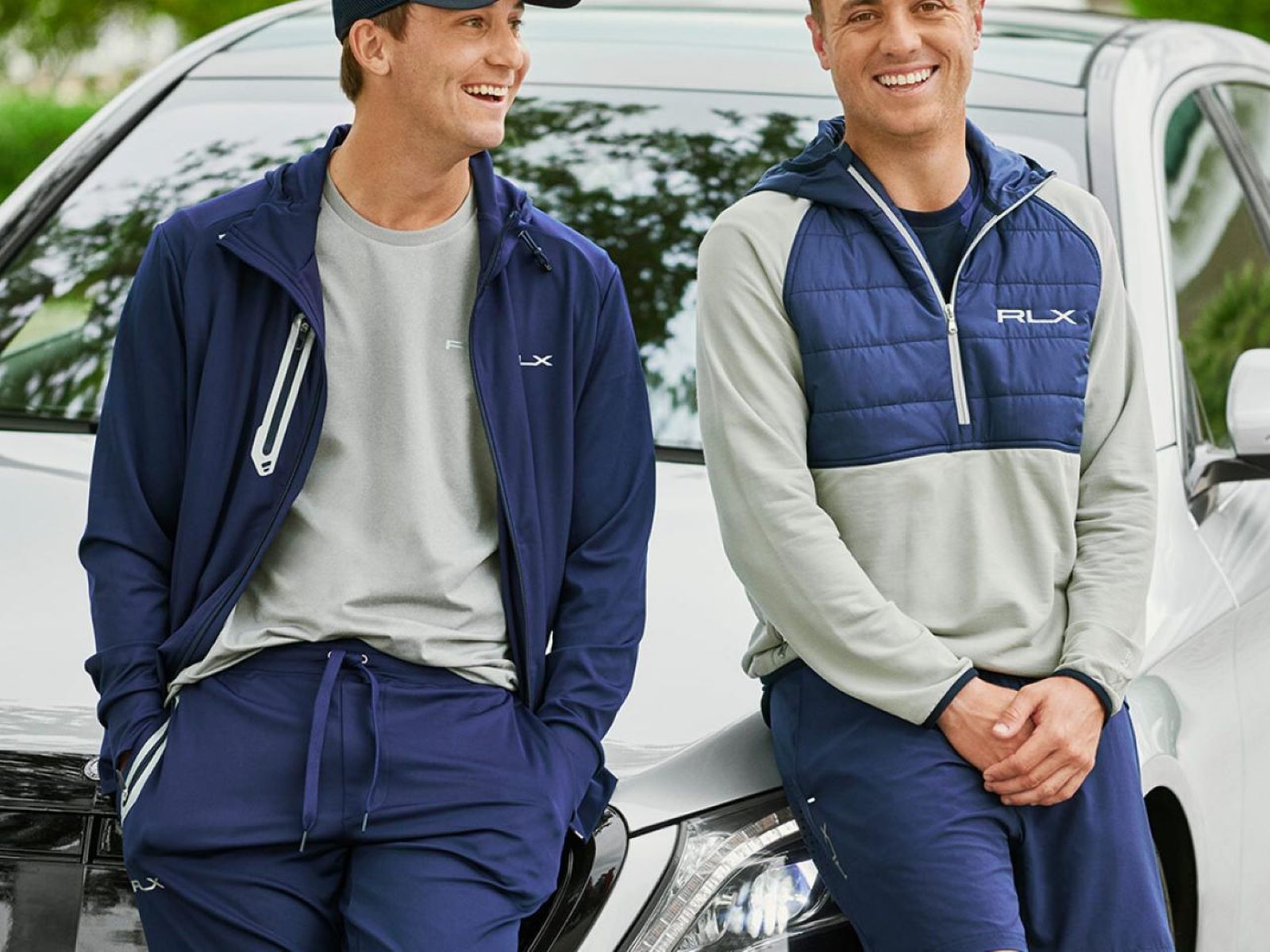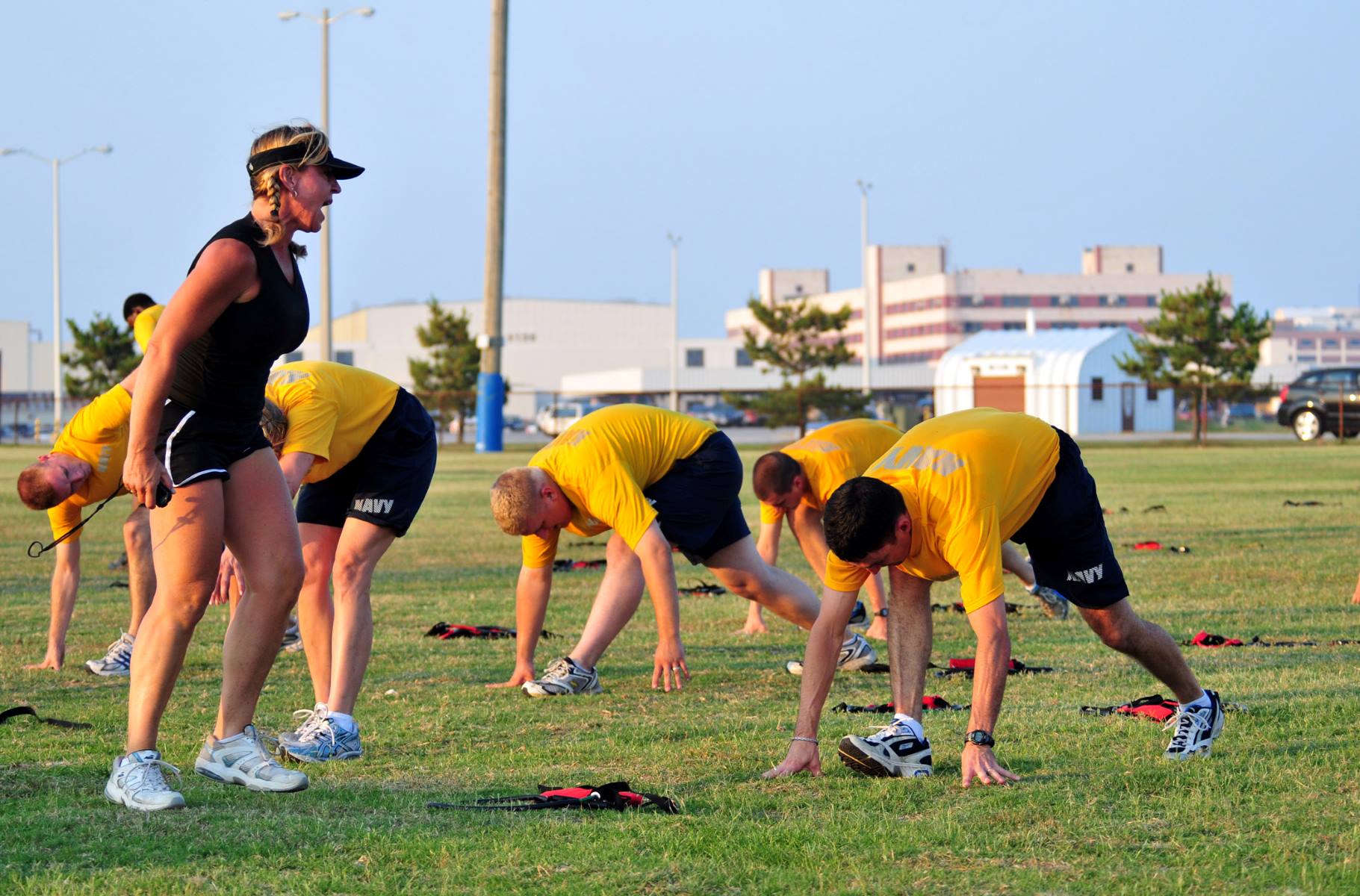

Featured
Why Was Activewear Created
Modified: August 19, 2023
Discover the history of activewear and learn why it was created. Dive into the evolution of this featured clothing category and its impact on modern fashion.
Introduction
Activewear, also known as athletic clothing or sportswear, has become an integral part of our daily lives. Whether we’re hitting the gym, going for a run, or simply running errands, activewear has quickly transitioned from functional workout gear to a fashion statement. But have you ever wondered why activewear was created in the first place?
Activewear has a rich history that dates back to ancient civilizations. From the togas of ancient Greece to the robes of the ancient Egyptians, people have long recognized the need for comfortable and functional clothing during physical activities.
However, it wasn’t until the 20th century that activewear truly began to evolve into the stylish and versatile garments we know today. With the increased focus on health and fitness, as well as advancements in textile technology, activewear has transformed into a multi-billion dollar industry.
In this article, we will explore the early origins of activewear, its evolution over the years, the purpose and function it serves, the cultural influence on its design, and its impact on the fashion industry. So, get ready to dive into the fascinating world of activewear and uncover the reasons behind its creation.
Early Origins of Activewear
The history of activewear can be traced back to ancient civilizations that recognized the importance of functional clothing during physical activities. In ancient Greece, athletes competing in the Olympic Games wore nothing but a simple loincloth called a “kynodesme” during their events. This minimalistic approach allowed for freedom of movement and aerodynamic advantages.
In ancient Egypt, clothing played a significant role in both fashion and functionality. The ancient Egyptians crafted lightweight garments made from linen, which kept the body cool and allowed for easy movement during physical activities. Whether they were engaging in labor-intensive work or participating in sporting events, the Egyptians understood the value of comfortable and practical clothing.
Fast forward to the early 20th century, and activewear began to take shape in the form of women’s sports attire. As women began participating in more athletic activities, they needed clothing that allowed them to move freely and comfortably. The “bloomer” emerged as a popular choice, which consisted of loose-fitting pants gathered at the ankle, often worn under a knee-length skirt.
As the decades progressed, the demand for functional activewear became more apparent. With the rise of organized sports, such as tennis and golf, the need for specialized clothing increased. For example, tennis players started wearing short-sleeved shirts, shorts, and athletic shoes to optimize their performance on the court.
The 1970s marked a significant turning point in activewear, as the fitness craze swept across the globe. The popularity of activities like jogging, aerobics, and yoga led to the rise of iconic apparel pieces like sweatbands, leg warmers, and spandex leggings. These garments not only provided functionality and comfort but also became fashion statements in their own right.
As activewear continued to evolve, advancements in textile technology further enhanced its performance capabilities. Fabrics such as moisture-wicking materials, compression fabrics, and breathable synthetics became more prevalent, allowing athletes and fitness enthusiasts to stay cool, dry, and comfortable during intense workouts.
Today, activewear has become an essential part of our everyday wardrobe. It seamlessly blends fashion and functionality, offering a wide range of styles and designs to suit various activities and personal preferences. Whether it’s the rise of athleisure or the increasing focus on health and wellness, activewear has solidified its place in modern society.
Evolution of Activewear
The evolution of activewear has seen significant changes over the years, reflecting advancements in fashion, technology, and societal trends. From basic functional attire to stylish and performance-enhancing garments, activewear has come a long way in meeting the needs and preferences of athletes and fitness enthusiasts.
In the early 20th century, activewear was primarily focused on functionality rather than fashion. Men’s sportswear consisted of loose-fitting trousers and shirts made of breathable fabrics, designed to allow for ease of movement during physical activities. Women’s activewear followed a similar trend, with skirts or dresses paired with bloomers or divided skirts for enhanced mobility.
As the decades passed, activewear began to embrace more fashionable elements. The 1960s saw the emergence of tracksuits, which became popular not only for sports but also for casual everyday wear. This marked the beginning of the athleisure trend, blurring the lines between athletic attire and everyday fashion.
In the 1980s and 1990s, activewear underwent a radical transformation with the rise of aerobics and fitness culture. Bold and vibrant colors, along with form-fitting spandex materials, became the norm. The iconic combination of leotards, leggings, and leg warmers characterized the fitness fashion of the time.
The turn of the millennium witnessed the integration of technology into activewear. Fabrics with moisture-wicking properties became popular, helping to keep athletes dry and comfortable during intense workouts. Compression gear also gained momentum, offering benefits such as improved blood circulation and muscle support.
In recent years, inclusivity and diversity have played a significant role in the evolution of activewear. Brands are now embracing body-positive messaging and offering a broader range of sizes and styles to cater to a more diverse customer base. This shift has been instrumental in empowering individuals of all shapes and sizes to embrace an active lifestyle.
Furthermore, sustainability has become a growing concern in the fashion industry, including activewear. Brands are incorporating eco-friendly materials, such as recycled polyester and organic cotton, into their garments. This focus on sustainability reflects the increasing awareness of environmental impact and encourages consumers to make more conscious choices.
Today, activewear encompasses a wide range of garments, including leggings, sports bras, hoodies, and sneakers. The emphasis on performance and style has led to collaborations between fashion designers and sportswear brands, resulting in limited edition collections that merge high-fashion aesthetics with functional activewear.
The evolution of activewear continues to be shaped by technological advancements, fashion trends, and shifting consumer preferences. As our society becomes more health-conscious and active, we can expect activewear to continue pushing boundaries and embracing innovation to meet the demands of our dynamic lifestyle.
Purpose and Function of Activewear
Activewear serves a dual purpose – it should not only be fashionable but also functional. The design and materials used in activewear are specifically tailored to meet the demands of different physical activities and provide optimal performance and comfort.
One of the primary functions of activewear is to facilitate ease of movement. Whether you’re running, stretching, or lifting weights, activewear is designed to allow for a full range of motion without any restrictions. Stretchable and breathable fabrics like spandex and moisture-wicking materials ensure flexibility and comfort during workouts.
Another key function of activewear is moisture management. Engaging in physical activities often causes sweating, which can lead to discomfort if sweat is not effectively transported away from the skin. Activewear made from moisture-wicking fabrics helps to pull sweat away from the body, keeping you dry and comfortable.
Activewear also provides support where it’s needed most. Sports bras, for example, are designed to offer maximum support and minimize breast movement during high-impact activities like running or jumping. Compression wear, such as compression tights or sleeves, provide muscle support, improve blood circulation, and enhance athletic performance.
Protection is another important aspect of activewear. Outdoor activities like hiking or cycling may expose you to harsh weather conditions, such as wind, rain, or sunlight. Activewear includes features like UV protection, water resistance, and windproof materials to shield you from environmental elements and keep you safe and comfortable.
Comfort is paramount when it comes to activewear, as it directly affects your performance and enjoyment during physical activities. Garments with flatlock seams minimize chafing and irritation, while soft and breathable materials offer a comfortable fit throughout your workout. Additionally, activewear often incorporates features like adjustable waistbands or drawstrings to ensure a personalized and snug fit.
Furthermore, activewear has moved beyond just gym wear and workout gear. The rise of athleisure has elevated activewear to a fashionable everyday attire. With stylish designs and trendy patterns, activewear allows individuals to seamlessly transition from the gym to other activities without compromising on style.
In summary, the purpose and function of activewear are to provide comfort, ease of movement, moisture management, support, protection, and style. Each aspect is carefully considered during the design and manufacturing process to ensure that activewear meets the specific needs and preferences of individuals engaged in various physical activities.
Cultural Influence on Activewear
The world of activewear is not only shaped by functional and fashion trends but also deeply influenced by different cultures around the globe. Cultural factors play a significant role in the design, style, and preferences of activewear, reflecting the unique values, traditions, and lifestyles of diverse communities.
One way culture has influenced activewear is through traditional clothing styles and customs. In many cultures, traditional attire designed for physical activities has inspired modern activewear designs. For example, yoga pants and leggings, popular in Western culture, draw inspiration from the comfortable and flexible garments worn during the ancient practice of yoga in India.
A culture’s climate and environment also impact the design of activewear. In warmer regions, lightweight, breathable fabrics with moisture-wicking properties are favored to combat heat and humidity. Conversely, in colder regions, activewear is designed with insulating materials to provide warmth and protection against the elements.
Cultural values and perceptions of modesty also influence the design of activewear. In some cultures, where modesty is highly valued, activewear includes longer sleeves and higher necklines to ensure coverage. This allows individuals to feel comfortable and adhere to cultural norms while participating in physical activities.
Furthermore, cultural celebrations and events can inspire unique activewear designs. Festivals or traditional ceremonies often incorporate colorful and vibrant garments, which have found their way into modern activewear collections. This infusion of culture adds a touch of personality and richness to activewear styles.
In recent years, there has been a growing movement to embrace cultural diversity in activewear campaigns and designs. Brands are acknowledging the importance of inclusivity by featuring models from diverse backgrounds and incorporating prints, patterns, and symbols that represent different cultures. This shift aims to promote a sense of belonging and celebrate the varied heritage of consumers worldwide.
Social media has played a significant role in showcasing the influence of culture on activewear. Platforms like Instagram allow individuals from different cultures to share their unique style and inspire others. This has led to the rise of niche activewear trends and increased appreciation for the cultural diversity influencing activewear fashion.
By integrating cultural influences into activewear, brands not only embrace diversity but also offer consumers a sense of identity and representation. Activewear becomes a means of self-expression, allowing individuals to connect with their heritage, community, and personal values.
It is clear that culture has a profound impact on activewear, influencing design, functionality, and fashion trends. As the world becomes more interconnected and globalized, it is important for brands to continue celebrating and incorporating diverse cultural perspectives to ensure inclusivity and resonate with a wide range of consumers.
Impact of Activewear on the Fashion Industry
The rise of activewear has had a profound impact on the fashion industry, transforming not only the way we dress for physical activities but also the way we approach fashion and style in our everyday lives. Here are some key ways in which activewear has influenced the fashion industry:
1. Athleisure Trend: One of the most notable impacts of activewear is the athleisure trend, which blurs the lines between athletic clothing and casual wear. Activewear has become a staple in everyday fashion, with people incorporating leggings, sports bras, and sneakers into their daily outfits. This has led to a shift in consumer preferences, with comfort and functionality becoming essential factors when choosing clothing.
2. Rise of Sustainable Fashion: Activewear has played a significant role in promoting sustainability in the fashion industry. Consumers are becoming more conscious of the environmental impact of their clothing choices and are seeking eco-friendly activewear made from recycled materials or organic fabrics. This has pushed fashion brands to embrace sustainable practices and create more environmentally-friendly products.
3. Collaboration between Fashion Designers and Sportswear Brands: The popularity of activewear has led to collaborations between high-end fashion designers and sportswear brands. This trend has resulted in limited-edition collections that merge luxury aesthetics with high-performance activewear. These collaborations have brought new energy to both industries and encouraged cross-pollination of ideas and styles.
4. Influence on Runway Fashion: Activewear has also made its mark on the runway. Designers have incorporated sportswear-inspired elements, such as sneakers, track pants, and hoodies, into their collections. This fusion of athletic and high-fashion styles has brought a fresh and dynamic vibe to the runway, challenging traditional notions of what constitutes fashionable attire.
5. Shifting Consumer Priorities: The increased popularity of activewear has shifted consumer priorities in terms of comfort, versatility, and functionality. This has compelled fashion brands to rethink their designs and cater to the demands of the modern consumer. Clothing items are now expected to be not only stylish but also flexible enough to accommodate various physical activities and lifestyles.
6. Influence on Street Style: Activewear has heavily influenced street style fashion. Casual and comfortable pieces like leggings, joggers, and oversized hoodies have become go-to choices for fashion-forward individuals. Street style fashion has embraced the effortlessly cool and sporty aesthetic of activewear, giving rise to new trends and innovative fashion combinations.
The impact of activewear on the fashion industry cannot be underestimated. Activewear has brought a renewed focus on comfort, functionality, and sustainability, challenging traditional fashion norms. As these trends continue to evolve, it is clear that activewear is here to stay, shaping not only our clothing choices but also our overall fashion sensibilities.
Conclusion
The creation and evolution of activewear have transformed the world of fashion and the way we approach dressing for physical activities. From its early origins in ancient civilizations to the rise of athleisure and sustainable fashion, activewear has become an essential part of our daily lives.
With an emphasis on functionality, comfort, and style, activewear has reshaped the fashion industry. It has influenced the way we dress not only for workouts but also for everyday activities, blurring the lines between athletic attire and casual wear.
Cultural influences have played a significant role in shaping activewear, with traditional clothing styles, climate, and personal values influencing design preferences. The rise of inclusivity and diversity has further expanded the variety of activewear available, celebrating individuality and heritage.
Activewear has not only impacted fashion trends but has also driven the demand for sustainable clothing options. The focus on eco-friendly materials and ethical manufacturing practices has propelled the fashion industry towards a more sustainable future.
Furthermore, activewear has influenced the way we approach fashion and prioritize comfort and functionality. It has transformed runway fashion, street style, and even collaborations between high-end designers and sportswear brands.
As the popularity of activewear continues to grow, the fashion industry must embrace and adapt to the changing needs and preferences of consumers. Activewear has become more than just workout gear – it has become a lifestyle and a means of self-expression.
From its humble beginnings to its current status as a multi-billion dollar industry, activewear has proven its lasting impact. It has revolutionized the way we dress, encouraging us to lead active and healthy lives while looking stylish and confident.
In conclusion, activewear has truly become a force to be reckoned with in the fashion industry. Its evolution, functionality, cultural influences, and impact on fashion trends have solidified its place as a staple in our wardrobes, reflecting our dynamic and active lifestyles.
